
Much like those that live under it, a roof needs to breathe. Proper ventilation helps keep moisture at bay, preventing mildew and structural damage. That said, a roof doesn’t usually rely on mechanical or electrical ventilation systems; instead, it creates natural air flow using the temperature differences in the attic. There’s a lot to learn about roofing, so let’s start by going over how roof ventilation works and signs that yours might need a professional.
5 risks associated with poor roof ventilation
Improper roof ventilation can lead to various issues for a house’s structure and the health of its occupants. Below are the main issues that develop when air circulation is inadequate.
1. Condensation
This can promote mould and fungi growth, which can damage the framework and building materials.
2. Wood rot
The roof structure, beams and other framework components can be affected, weakening the overall roof structure.
3. Reduced thermal insulation
The effectiveness of thermal insulation may be compromised, resulting in increased heating and cooling costs – heat gets lost in winter and trapped in summer.
4. Ice formation
In winter, inadequate ventilation can contribute to ice formation on the roof, creating the risk of structural damage due to excess weight.
5. Health issues
Mould presence inside the house can have adverse effects on indoor air quality. It can cause health problems like allergies, respiratory disorders and irritations.
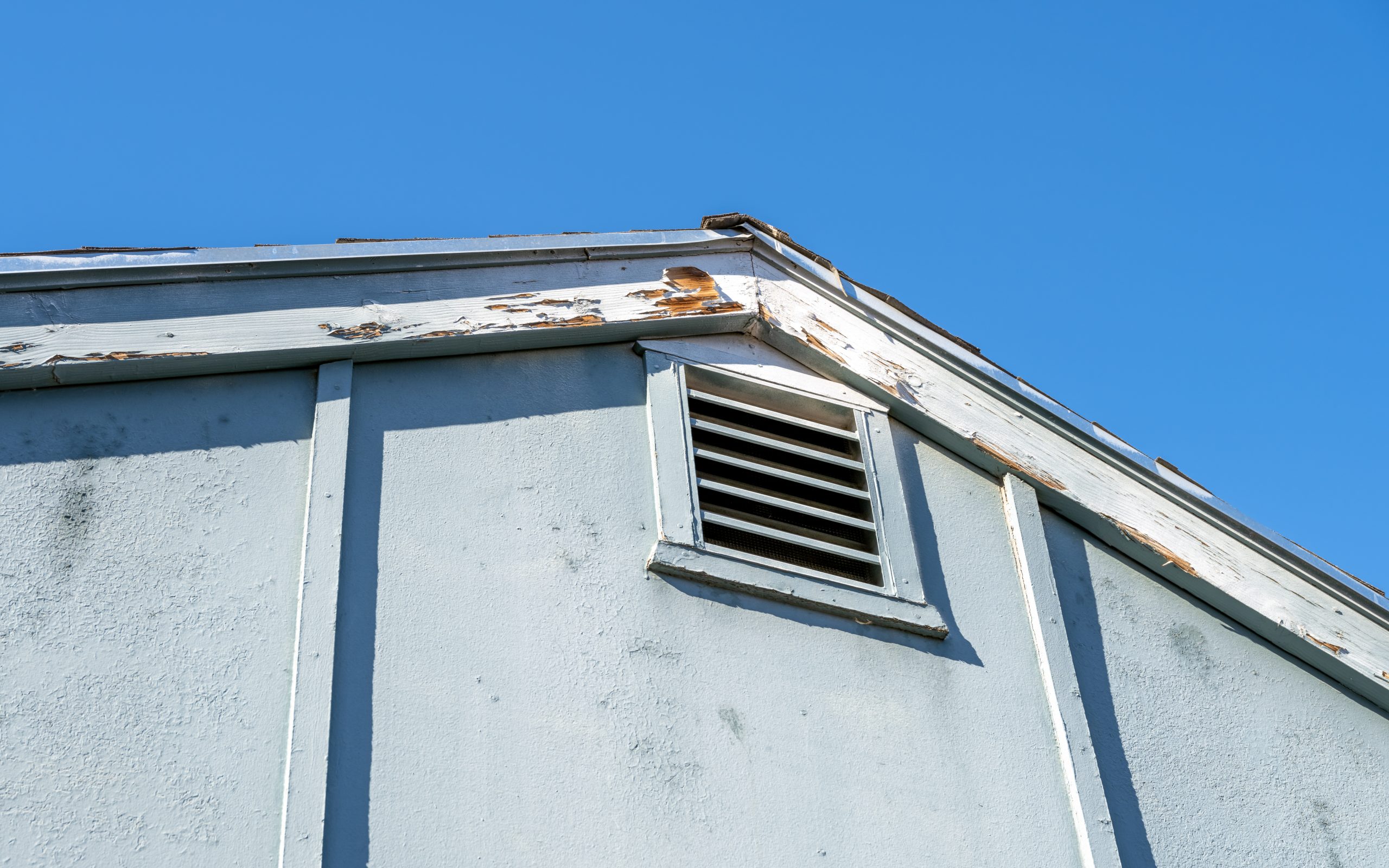
How does roof ventilation work?
In roof ventilation, air comes in through the soffit (at least, usually) and goes out through an evacuation valve. There are two methods to create airflow in your roof: active and passive. The latter is the most common. In passive ventilation, the soffit and the wind outdoors work together, relying on convection to circulate air naturally.
All roofs have some type of ventilation system. When both the ventilation and insulation are properly installed, they work together to prevent ice damming, moisture damage, and even increased utility bills.
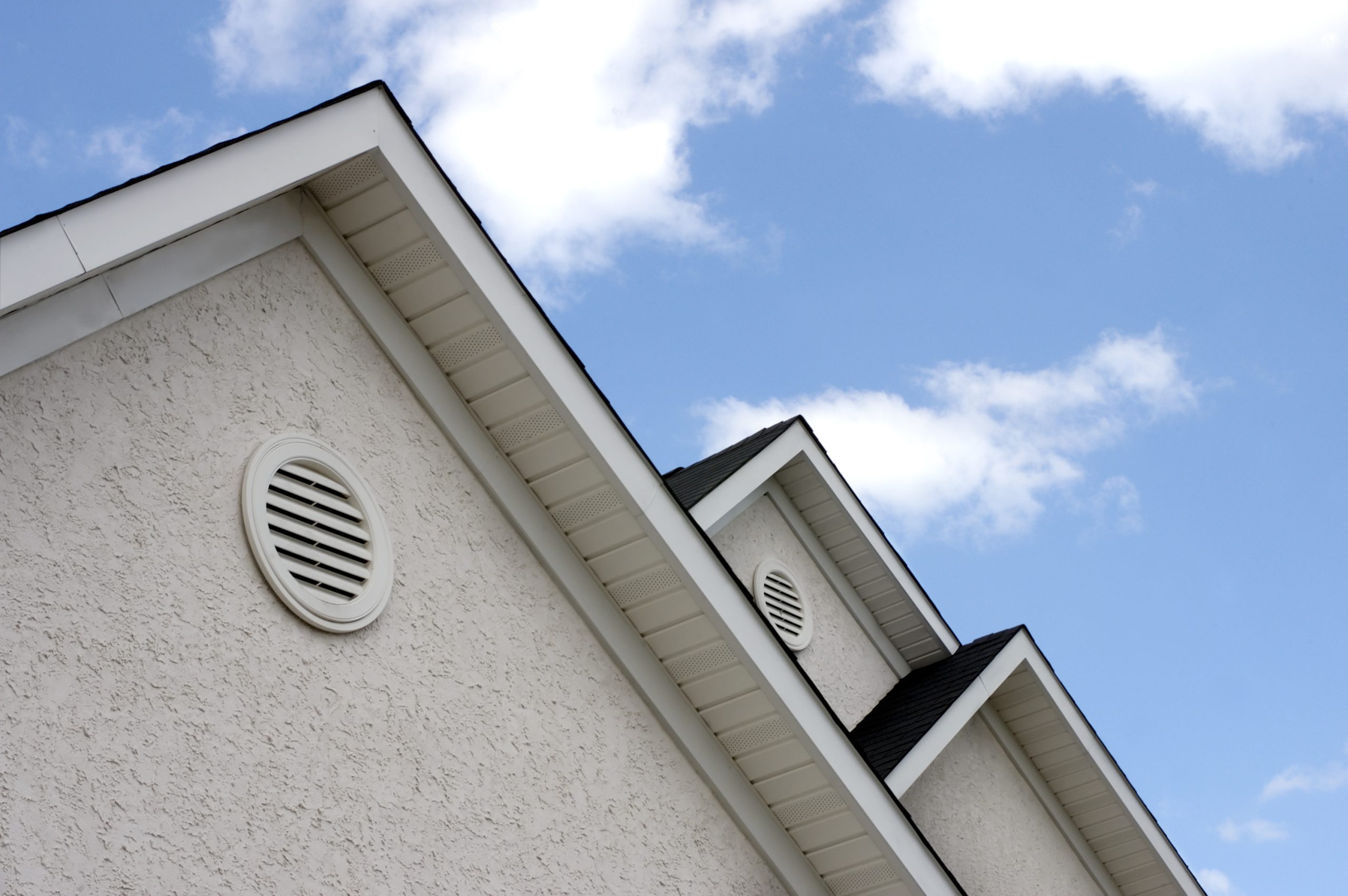
The benefits of good roof ventilation
Good roof ventilation not only protects your home from mildew and mould, but it also helps cut down on heating and cooling bills. Let’s go over a few reasons to invest in your roof.
Roofing materials will last longer
Poor roof ventilation also wreaks havoc on your roof’s exterior. For example, in the winter, a hot attic, combined with the heat of the sun, can melt the snow and ice on your roof. This trickles down and then later refreezes on your roof’s edges and gutters. This forms an ice dam, and it can slowly build up underneath your roofing materials and cause damage to your roof, your attic, and the inside of your home’s walls.
How can you tell you have good ventilation? Well, for one, you won’t find ice on your roof unless the weather called for freezing rain. And, of course, good roof ventilation will save you from an early roof renovation.

Mould, water damage, and structural damage prevention
Even the best-built homes sometimes get some humidity in the attic. But when your ventilation isn’t up to par, it causes condensation to build up on the trusses and the underside of the roof. This is especially problematic in winter: the condensation freezes upon contact, forming ice, which then melts in the spring. Over time, the water drips down into the walls and onto the flooring, causing mould, mildew, and rot to develop. At that point, you’ll need a decontamination contractor.
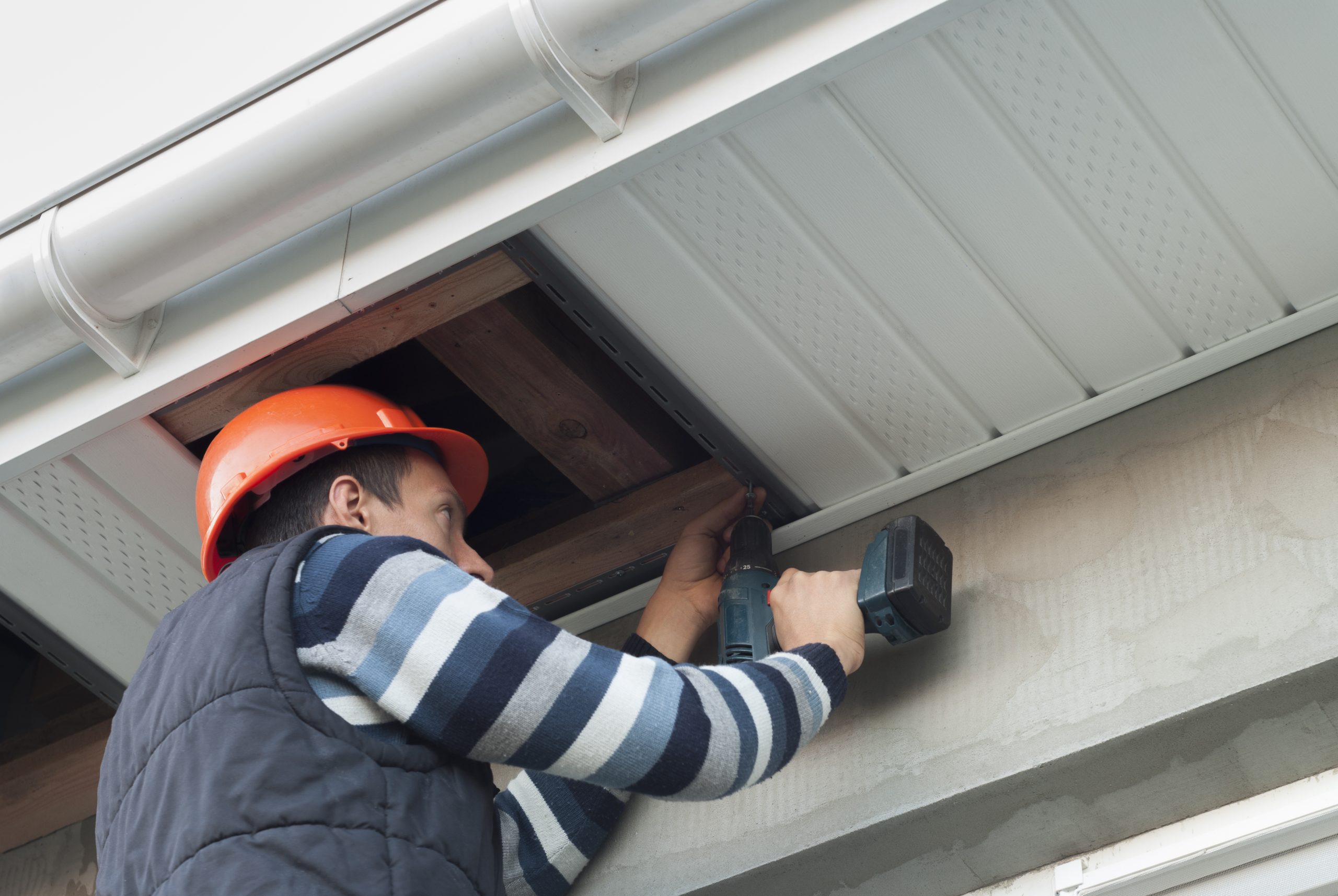
Reduced energy costs
Attics lack climate control, so they tend to get a lot hotter than the rest of your home. And since heat rises, it can be especially bad in the summer. A well-ventilated roof will mimic the temperature outdoors in the summer, leading to decreased cooling costs. It’ll also save your roofing materials from an early death. Poor ventilation can cause your roof’s temperature to double, not only damaging your roofing materials but also causing them to deteriorate up to two times faster.
Checking your roof ventilation
Aside from your biannual roof inspection, you should also regularly check up on your roof’s ventilation. Here are a few signs that you may need a roofing contractor to take a closer look.
Outdoors
- Ice dams
- Roof damage (e.g., sagging, warping, rot, rust)
Indoors
- Water bubbles on the walls or ceiling
- Overheating and/or high hydro bills during the summer
Inside the attic
Try to check your attic after a few cold winter nights: it’ll give you a better idea of the humidity levels. Be sure to check the vents that pass through the ceiling, plumbing columns, chimney flues, and entrances to recessed wires and lights. Signs of moisture tend to show up in these locations.
- Ice buildup, especially under the gables
- Mould
- Flaking rot
- Dark circles on wood and insulation
- Rusty nails
- Strong and abnormal odours
- Blackened wood
The best ventilation systems according to roof type
Flat roofs
Several ventilation systems are suitable for flat roofs to ensure proper air circulation and prevent issues. It’s essential to consider your roof’s characteristics as well as climatic conditions in your region to determine the most appropriate system. Here are some that are commonly used:
- Gravity ventilation Gravity vents, such as static roof vents, utilize pressure differences to allow air to circulate naturally. They are simple and do not require electrical power but their effectiveness depends on weather conditions.
- Mechanical ventilation Mechanical fans can be electronically controlled to adapt to specific ventilation needs.
- Roof turbines Roof turbines are rotating devices that use wind to draw warm air from inside the building. They are straightforward and efficient but may produce slight operational noise.
Positive pressure ventilation systems These systems introduce fresh air into the dwelling, creating positive pressure that pushes stale air outside through exhaust vents.
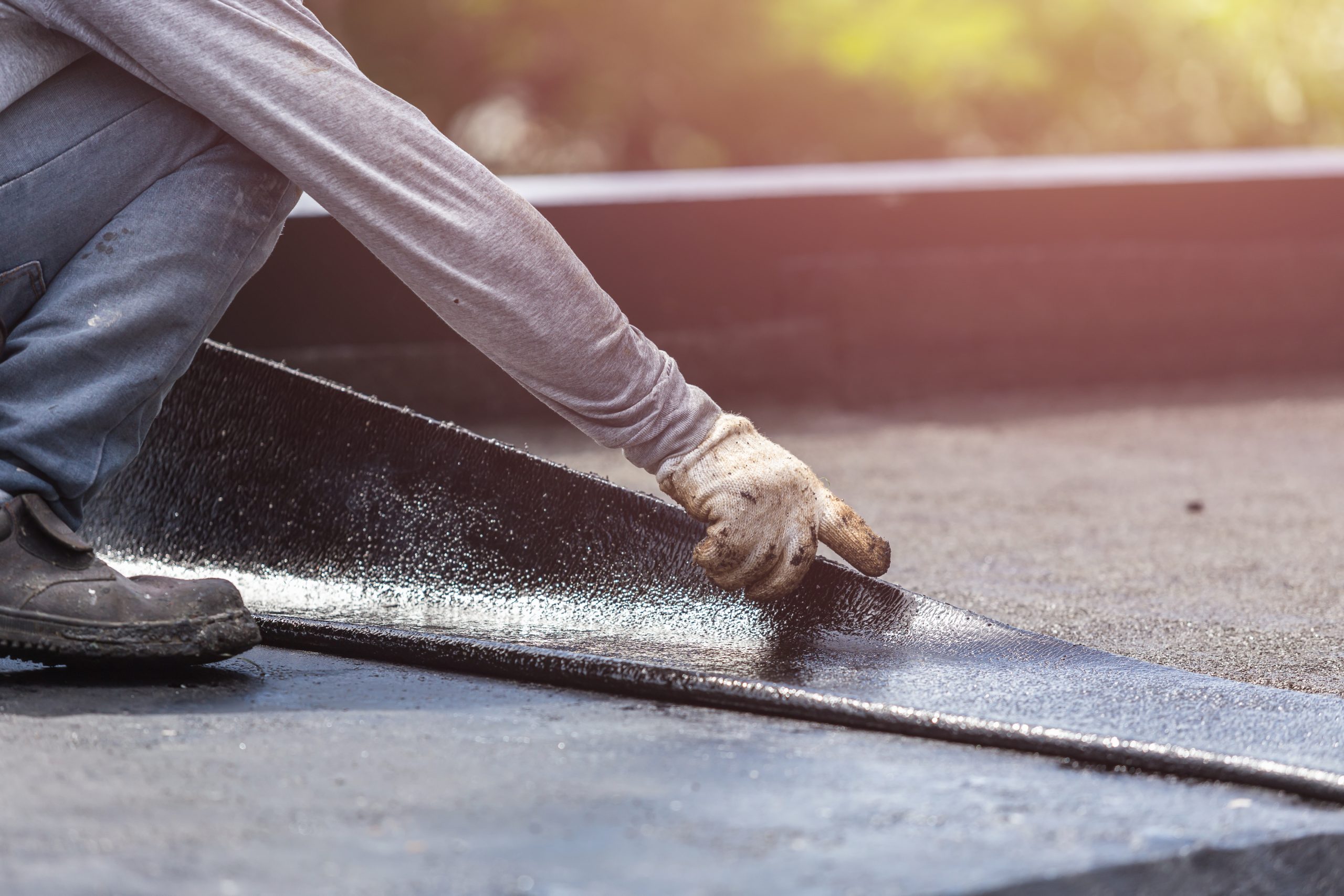
Sloped roofs
Ventilation systems are also available for sloped roofs. Factors such as roof design, climate and specific building requirements should be considered during selection. The most frequently used systems for this roof type include:
- Ridge vents Placed along the roof ridge, these vents allow warm air to escape while preventing water infiltration.They promote natural ventilation by utilizing the pressure difference between the interior and exterior.
- Soffit vents Installed under the eaves, soffit vents bring fresh air into attic spaces. They work in tandem with other vents, such as ridge vents, to ensure continuous air circulation.
- Hip vents Placed on the sloped sides of a hip roof, these vents assist with ventilation in areas where heat tends to accumulate.
- Ventilated dormers Dormers can be designed to enhance ventilation, allowing warm air to escape from the top while allowing fresh air to enter from the bottom.
- Roof fans Electric fans can be installed to increase air circulation. They are typically controlled by thermostats and activate when the temperature reaches a certain threshold.
- Gable vents Placed on the gables of the roof, these vents allow hot air to dissipate. They can be used in conjunction with other vents to improve overall ventilation.
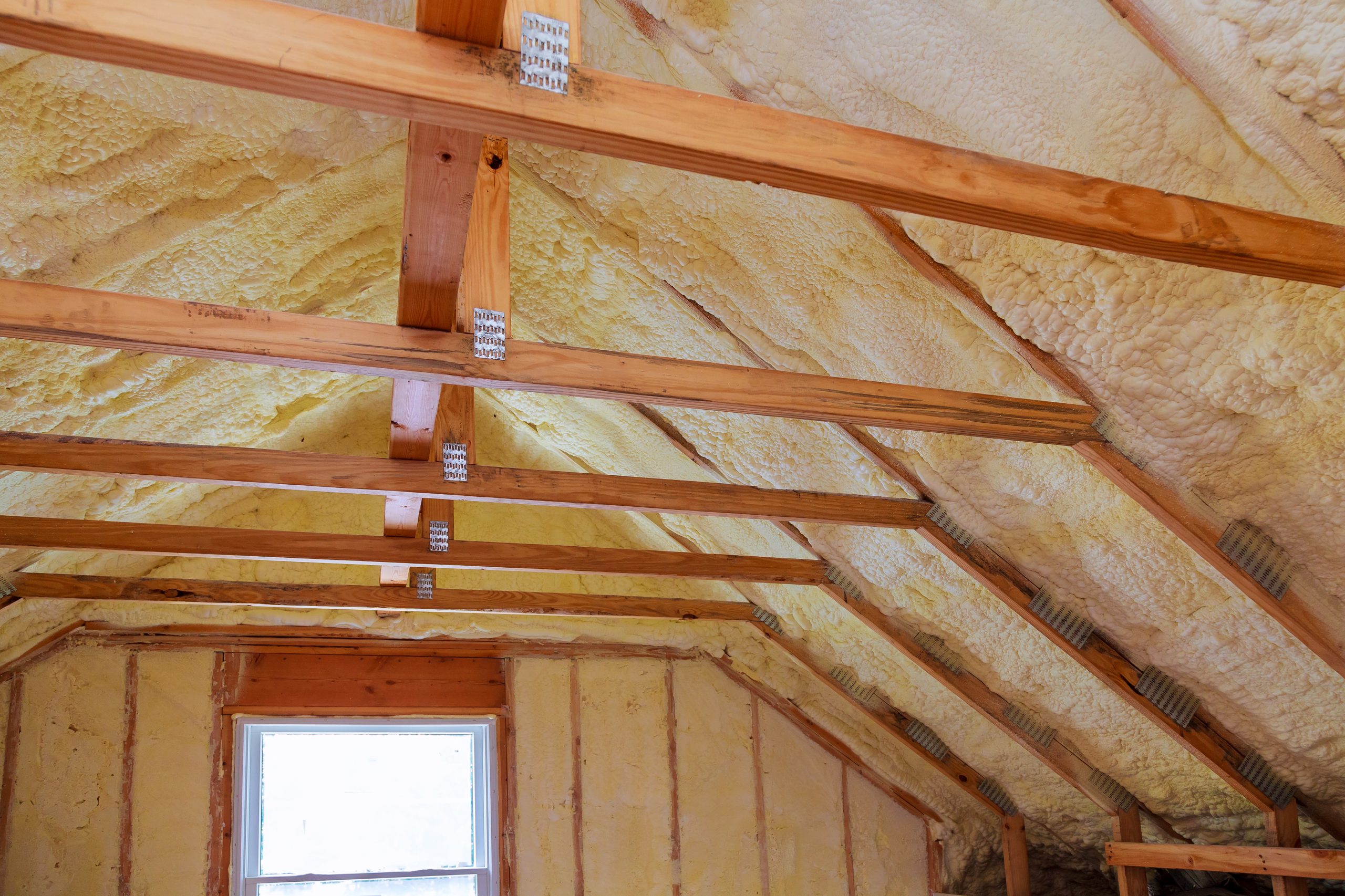
My roof has poor ventilation. What should I do?
We recommend reaching out to a professional roofer to evaluate the situation. In some cases, you may not need to redo your entire roof to fix the problem.
Add roof vents
If you have minor ventilation problems in specific parts of your roof, like the gables, a roofer can add air vents in those areas. That said, because of their low profile, they can get blocked by snow during the winter. Some professionals recommend using larger vents like those sold by Ventilation Maximum to avoid this problem.

Unclog or replace your soffits
If you notice that your attic is abnormally humid or warm, take a moment to inspect your soffits. They can become blocked or clogged by a variety of things, from shifting insulation materials to bird nests. In some cases, you just need to clean your soffits to solve the problem. If your soffits aren’t ventilated, you may want to consider replacing them with a better model – one with holes that allows air to circulate properly.
Replace your insulation
If you’re having trouble keeping the heat in your home, it might be the insulation that’s causing problems. For example, you might realize that your attic is uninsulated or unevenly insulated. Whether caused by contractor oversight, decay from old age, or pests taking up residence in your home, these uninsulated areas allow heat to escape. Condensation might build up in those spots as well, which can lead to mould over time. In this case, reinsulating your attic will fix your air circulation problems. And not only will you keep the heat inside your home, but you’ll also save on your heating bill while extending your roof’s lifespan.
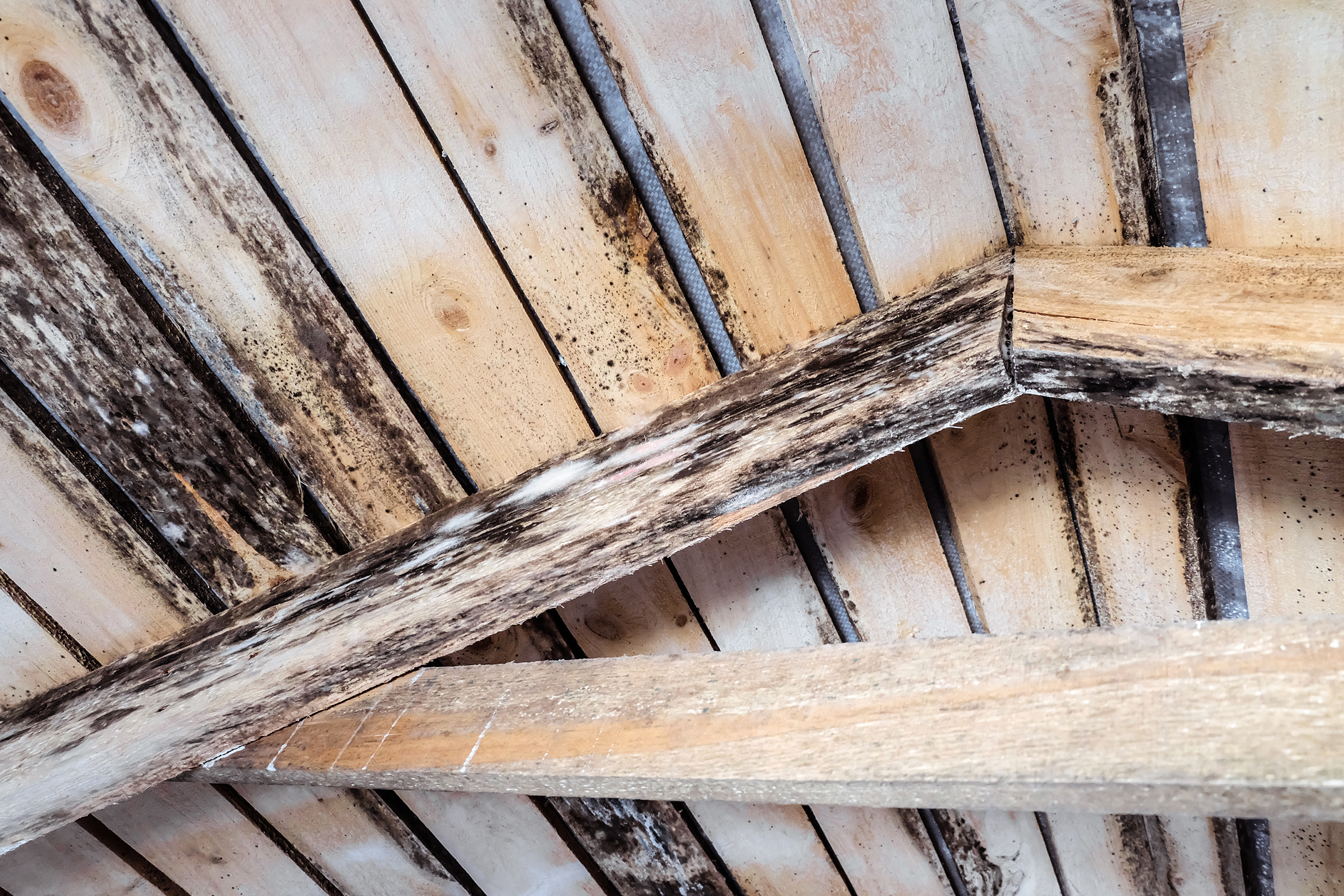
Avoid truss issues with regular inspections
Much like the rest of your home, your roof and attic need a little love and care to function properly. Take some time each year to inspect your roof, check for building envelope problems, and prepare your home for the winter. It’ll help maintain your roof, keep your home comfortable in all seasons, and curb replacement costs.
Also read

Best time to replace a roof

Creating a Sustainable Future with Green Roof Systems

Everything About Roofing

Blue Roofs: A Sustainable Choice

Roof replacement costs in 2024

Preparing Your Home for Winter: What to Check

Roof Inspection and Maintenance

Identifying and Preventing Building Envelope Problems

The Different Types of Roofing Materials

Flat Roofs: Which Material Should You Choose?